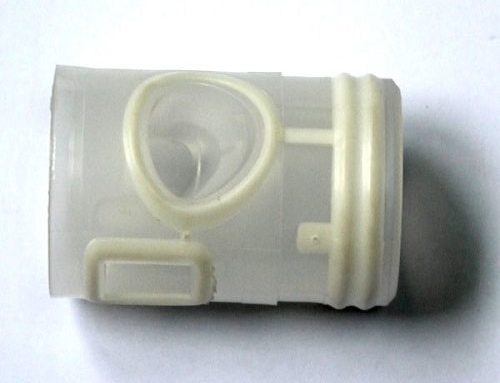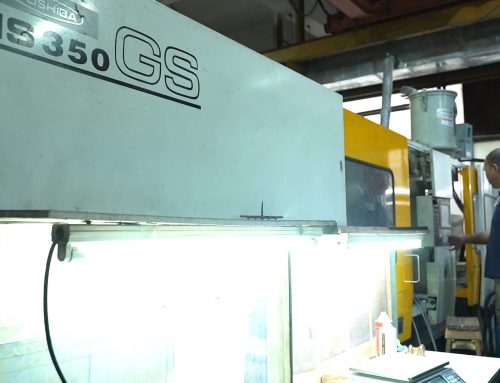Many plastic products we see in our life need molds for manufacturing. Plastic molds have some performance requirements for mold materials in order to adapt to various mold working conditions. What performance requirements should plastic injection mold materials have?
- High temperature performance
When working temperature of mold is higher, hardness and strength are lowered, resulting in early wear or plastic deformation of mold and failure. Because mold material should have high anti-tempering stability to ensure that mold has high hardness and strength at working temperature.
- Resistance to hot and cold fatigue
Some molds are in a state of repeated heating and cooling during working process, causing surface of cavity to be subjected to tensile and pressure-induced stresses, causing surface cracking and spalling, increasing friction, impeding plastic deformation, and reducing dimensional accuracy, thereby resulting in mold failed. Hot and cold fatigue is one of main forms of hot work die failure. It should have high resistance to cold and heat fatigue.
- Corrosion resistance
Some molds, such as plastic molds, when plastic mold is working, due to presence of chlorine, fluorine and other elements in plastic, after heat is resolved to analyze strong corrosive gas, eroding surface of mold cavity, increase its surface roughness, and aggravate wear and tear.
- Wear resistance
When blank is plastically denatured in mold cavity, it flows and slides along surface of cavity, causing severe friction between surface of cavity and blank, which causes mold to fail due to wear. Therefore, wear resistance of material is one of the most basic and important properties of mold. Hardness is a major factor affecting wear resistance. In general, the higher hardness of mold part, the smaller wear amount, and the better wear resistance. In addition, wear resistance is also related to type, quantity, shape, size and distribution of carbides in material.
- Strong toughness
Most of working conditions of mold are very bad, and some often suffer from a large impact load, resulting in brittle fracture. In order to prevent mold parts from suddenly breaking during work, mold must have high strength and toughness. Toughness of mold depends mainly on carbon content, grain size and microstructure of material.
During working process of mold, under long-term effect of cyclic stress, fatigue fracture is often caused. Its’ form has small energy multiple impact fatigue fracture, tensile fatigue fracture contact fatigue fracture and bending fatigue fracture. Fatigue fracture properties of a mold depend mainly on its strength, toughness, hardness, and amount of inclusions in material.




